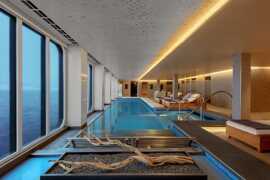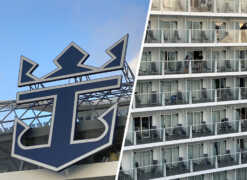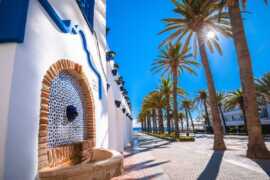7 Expedition cruises have a well-earned reputation for being ruggedly exhilarating, with sailing adventures available on small ships to remote places like Antarctica, Alaska, the Arctic, the Galapagos, and remote islands in the South Pacific. Historically, these trips required an elevated level of fitness or physical abilities. In recent decades, though, expedition ships are much more accommodating for leisure travelers, with stable vessels featuring modern comforts and luxurious amenities. Ships from expedition lines such as Ponant, Lindblad Expeditions, Hurtigruten Expeditions, Silversea Expeditions, Seabourn, and Viking carry fewer than 400 passengers and offer spas, salons, specialty restaurants, spacious suites, pools, shops and theaters. Overall, it’s way more comfortable. It’s delightful to have all of these creature comforts on your ship, of course, but an expedition cruise has always been about the destination. Some remote places can be a little bit intimidating, especially for aging cruisers who might be slowing down or facing mobility issues. Viking’s expedition program puts any traveler’s dreams of adventure cruising well within reach, though. The line’s two 378-passenger expedition ships — Viking Octantis and Viking Polaris — are the most-accessible ways to experience a small-ship adventure cruise. Cruisers of all ages and abilities can confidently dive into an expedition. Here are a few reasons why Viking offers an accessible experience: A Well-Rounded Expedition Program The team of expert expedition leaders showcase destinations such as Greenland, the Canadian Arctic, the Great Lakes, and Antarctica with exciting excursions and onboard educational talks and activities. I cruised on Viking Octantis in Chile’s Patagonian fjords and was impressed with the variety of onboard activities that nicely complement time off the ship. This included talks in The Aula — the main theater — about whales, birds, and the fisheries of the region, as well as time in the ship’s Science Lab to discuss microplastics found in the ocean’s waters. You can also find interesting documentary films on the daily program that are shown in The Aula. Guides give photography tips and lead bird- and whale-watching sessions on the outer decks. Viking has resident scientists and programming in partnership with the Cornell Lab of Ornithology and University of Cambridge. Octantis and Polaris are working science vessels conducting research in each destination, and cruisers can interact with the scientists and might even help.… By John Roberts This is an excerpt from the latest issue of Porthole Cruise and Travel Magazine. To continue reading, click above for a digital or print subscription.
Appeared first on: Porthole.com




